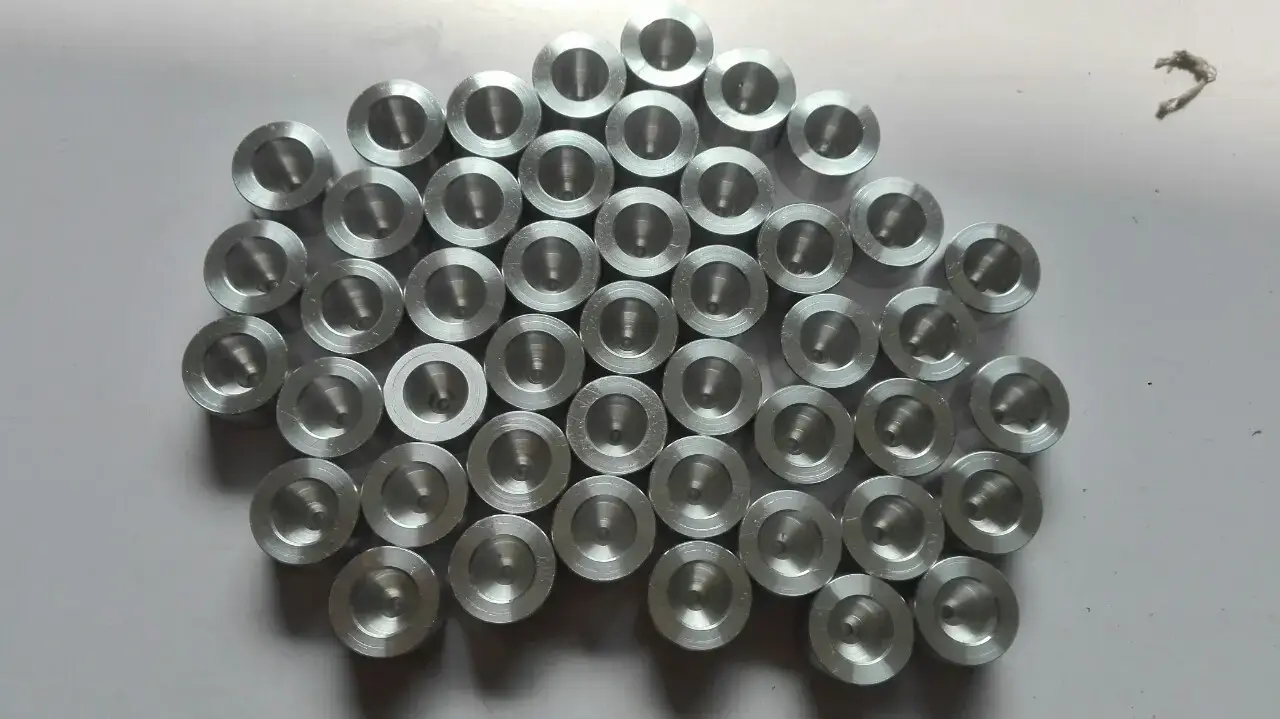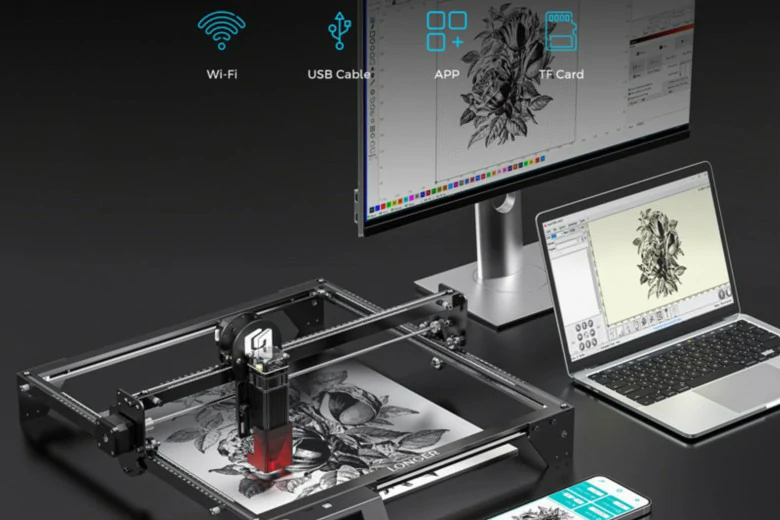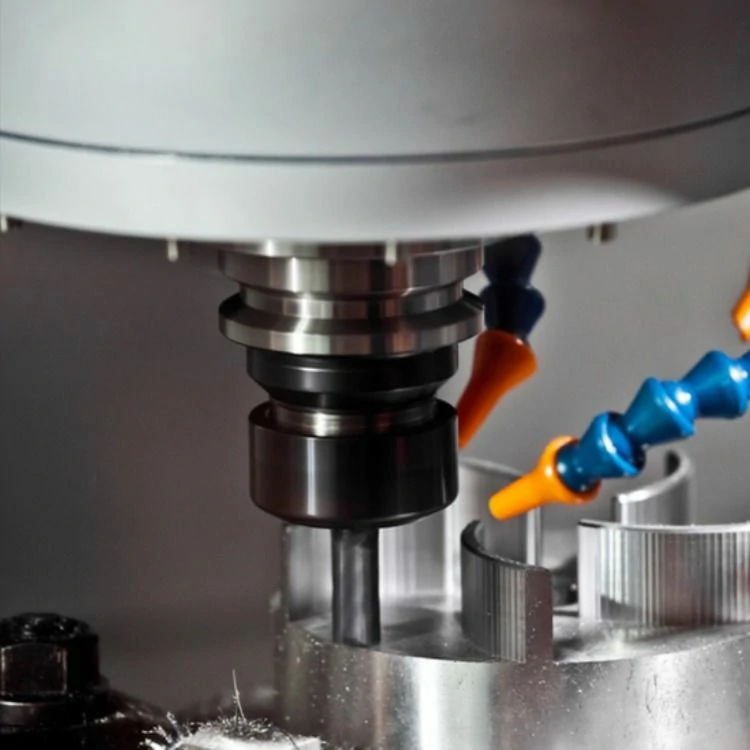Advantages of CNC machining of aluminum profiles compared with traditional machining
In recent years, CNC (Computer Numerical Control) machining has gained significant popularity in various industries, especially in the manufacturing sector. This advanced machining technique offers numerous advantages over traditional machining methods when it comes to working with aluminum profiles. In this article, we will explore some of the key advantages of CNC machining and how it revolutionizes the aluminum profile manufacturing process.
First and foremost, precision is one of the major advantages of CNC machining. With computer-controlled automation, CNC machines can achieve exceptionally high accuracy and precision, ensuring that every aluminum profile is machined according to the exact specifications and tolerances. Traditional machining methods may rely on human operators, who are prone to errors and inconsistencies. CNC machining eliminates this issue by automating the process, resulting in consistent and precise aluminum profiles.
Another advantage of CNC machining of aluminum profiles is efficiency. CNC machines can operate continuously and rapidly, allowing for a higher production rate compared to traditional machining. This increased efficiency translates into shorter lead times and faster turnaround for projects. Additionally, CNC machining allows for multitasking, meaning that multiple operations can be performed simultaneously, further increasing productivity.
Furthermore, CNC machining offers greater flexibility and versatility in designing and machining aluminum profiles. The programming capabilities of CNC machines enable complex and intricate designs to be easily translated into manufacturing instructions. This flexibility allows for customization and adaptation to specific project needs, including complex geometries and unique profiles. In contrast, traditional machining methods may have limitations in terms of design complexity and may require additional tools or processes to achieve certain shapes or features.
Additionally, CNC machining provides superior consistency and repeatability. Once a program is created and optimized, it can be used repeatedly to manufacture identical aluminum profiles. This level of consistency is crucial, especially in mass production scenarios where maintaining uniformity and quality is essential. Traditional machining methods may struggle to achieve the same level of consistency, as they rely on manual adjustments and human intervention, which can introduce variability.
Cost-effectiveness is also a significant advantage of CNC machining of aluminum profiles. While the initial investment in CNC machines may be higher than traditional machining equipment, the long-term benefits outweigh the costs. The automation and precision of CNC machining reduce material waste, minimize rework, and lower labor costs. Additionally, the versatility of CNC machines allows for efficient use of materials, optimizing material utilization and reducing overall production costs.
Lastly, CNC machining offers enhanced safety compared to traditional machining methods. With automated processes, operators are not directly exposed to the machining operations, reducing the risk of accidents and injuries. CNC machines also incorporate safety features, such as emergency stop buttons and protective enclosures, ensuring a safer working environment for operators.
In conclusion, CNC machining of aluminum profiles provides numerous advantages over traditional machining methods. The precision, efficiency, flexibility, consistency, cost-effectiveness, and safety offered by CNC machining revolutionize the manufacturing process for aluminum profiles. As technology continues to advance, it is expected that CNC machining will further improve, enhancing the capabilities and benefits it provides to the industry.
.webp)



